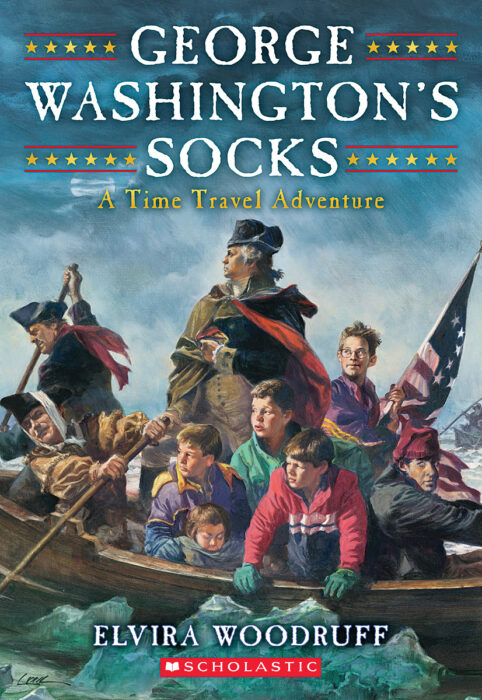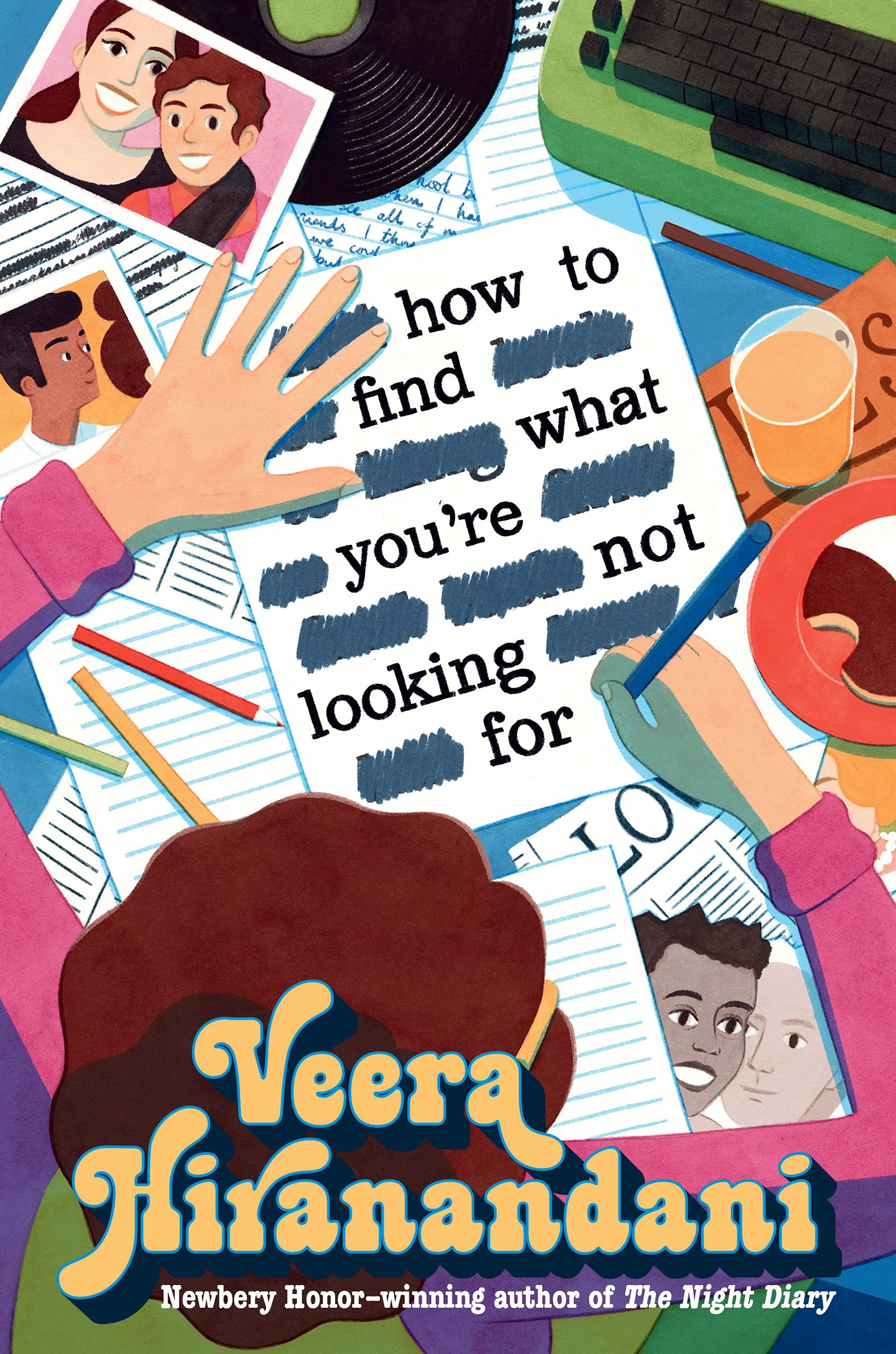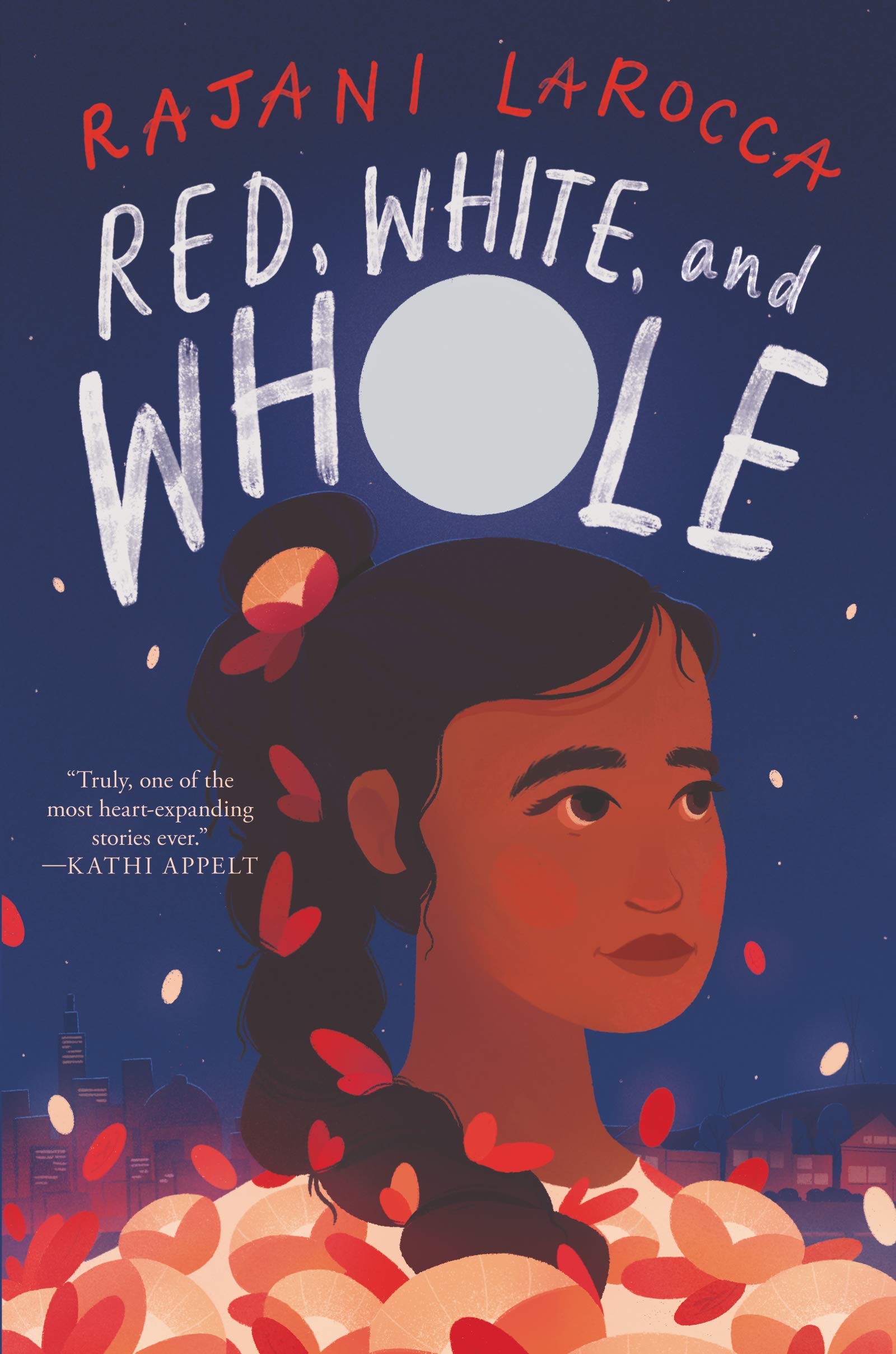The Haunted Mustache
Joe McGee
Teo Skaffa, Illustrator
Aladdin, 2021
147 pages
Grades 2-5
Horror
Night Fright series #1
Every year on October 19th the good citizens of Wolver Hollow wear fake mustaches and stay in their houses. The reason dates back over one-hundred years to Bockius Beauregard, who was vaporized in an unfortunate gunpowder explosion, leaving behind his magnificent mustache. That same mustache gave a poor farmer a heart attack and killed the cemetery caretaker on the anniversary of Bockius's death. Since then, the town does not risk giving the mustache a place to land. Lucas and Parker, as sole members of the Midnight Owl Detective Agency, decide to track down the source of the town's fear and destroy it. Their first stop involves the library, where the creepy librarian lets them research the old original sources. Finally the dreaded night arrives and the boys sneak out, determined to break the hold the evil mustache has on the town. Much to their surprise, class tricky girl, Samantha von Oppelstein has joined forces with the team and is determined to help them out. Can the trio find and capture the evil 'stache before it's too late?
Horror is trending at all age levels right now and McGee is here to answer the call for more titles with this early chapter book offering. The storyline is simple and linear. Humorous situations (including the titled mustache) lighten the intensity. The characters are not particularly developed and I never really had a handle on which boy was which, yet they worked as a unit, so it really didn't matter. Samantha von Oppelstein was a bit more fleshed out and is a mystery in her own right. From her old-fashioned dress to her key that seems to fit all of the locks, it seems that this character has more to her story. Perhaps there will be a surprise concerning this character in a future installment in the series? It made me laugh that she is always referred to by her first and last name. I think we all knew some kids like that growing up. The library was super deserted, dusty and creepy with a similar librarian character. I found that to be a disservice to librarians and libraries everywhere, but maybe I'm just being sensitive. Besides the floating mustache the kids encounter rats, cockroaches. bats, and spiders, which will properly creep-out the intended audience. The black and white illustrations are plentiful and fun and complement the narrative. Although the text is large, I found the chapters to be a bit too long and some of the vocabulary too advanced for transitional chapter books readers. That said, kids will enjoy this slightly spooky and silly tale and will want to continue on in the series, which, I suppose, is the point: to keep kids reading.






